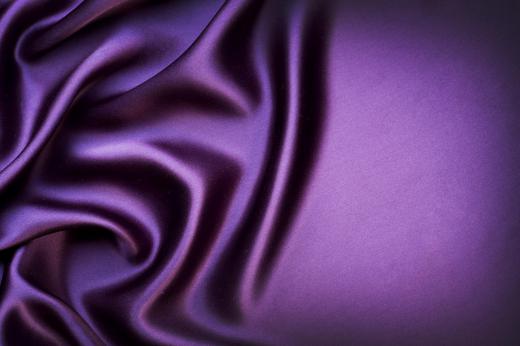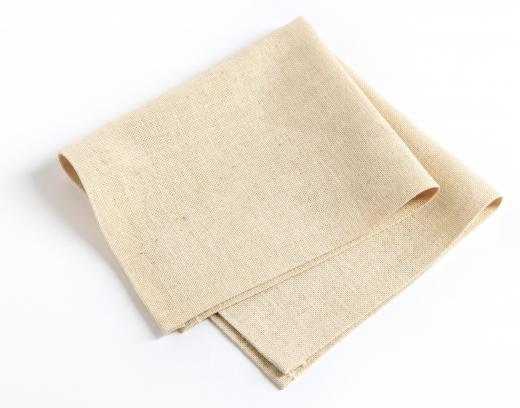Today, the demand for apparel, home décor and upholstery has created the need for textile quality control standards. These are intended to ensure all materials meet specifications for design and manufacture. For example, quality control techniques using a spectrophotometer may measure fabric color, while crucial control points may provide a product synopsis concerning raw materials, fabric durability and stitch strength. Textile quality control may also be governed by an industry body, which may impose standards for such measurements as physical properties and abrasion.
Textile products are often analyzed to determine how well they are designed, if they are acceptable for the intended purpose and if they meet the needs of the target market. This usually requires evaluation of such criteria as the product’s design specification, target market and aftercare requirements. Additional criteria including the adequacy of stitching and fastening, the product’s aesthetic appeal and potential impacts on the environment may also be considered. Analysis of this information may start with a detailed sketch of the product.

Color measurement techniques routinely provide the next step in textile quality control. This is because colors must often be repeatable in order to mass produce clothing or upholstery. Many times, an instrument known as a spectrophotometer is used to measure reflected and transmitted color in a fabric. In turn, operators are provided with numerical values that correlate to the fabric’s color. This allows manufacturers to determine whether adjustments need to be made to the dying process, how well a fabric will withstand exposure to elements and what formula is necessary to repeat the color for future production.

Critical control points (CCPs) often give a product synopsis to ensure indicators meets expected performance. When manufacturing textiles, this system may test and monitor accuracy from the design stage through production processes. For example, the prototype, which is a design sample of the intended product, may be checked for material and components behavior as well as analyzed for assembly processes, costs and fitness for purpose. Raw materials are also common CCPs, by which operators may test width, weight and fiber content. Depending on the intended end-use of a product, the fabric may also be tested for durability, crease-resistance and shrinkage.

During production, CCP checks often occur for stitch and seam strength to ensure they meet the manufacturing specifications. Seam allowances may also be tested for comparison with the intended tolerance. The final product, which often reflects the fruits of textile quality control, may be inspected for size, fit and aesthetic appeal.
Quality control test procedures may also be governed by an industry-related body. In the United States, for example, this body is known as the Association for Contract Textiles (ACT). Governing bodies such as ACT often impose standards for textile quality control that help consumers make informed decisions. Common measurements that assure fabrics perform to industry standards are: flame resistance to determine a fabric’s resistance to burning; crocking resistance to measure a fabric’s color sustainability; ultra-violet light resistance to measure fading resistance; physical properties that indicate potential for pilling and tearing; and abrasion to determine any surface-wear that may occur from rubbing. Information concerning these test results may in turn be printed on product labels.

Flame resistance can be tested with a vertical test, whereby fabric is placed on a holder and exposed to an open flame for a specific length of time. After the flame is removed, the test sample’s char length may be measured against local or national standards to establish a classification. To determine colorfastness, the fabric may be rubbed with squares of white cotton fabric under controlled pressure for a specific number of times. The amount of color transferred to the white test squares may then be matched to a control chart and a rating established.

Ultra-violet light resistance is another important aspect of textile quality control. For this measurement, the fabric may be exposed to light that simulates the sun’s rays. After specific passages of time, the fabric swatch may then be compared to a gray scale to rate the degree of fading. Physical properties may be measured with a brush pill, breaking strength or seam slippage test. Abrasion may be tested by placing a fabric on a flat surface and rubbing it in a figure-eight motion with a piece of wool cloth.
